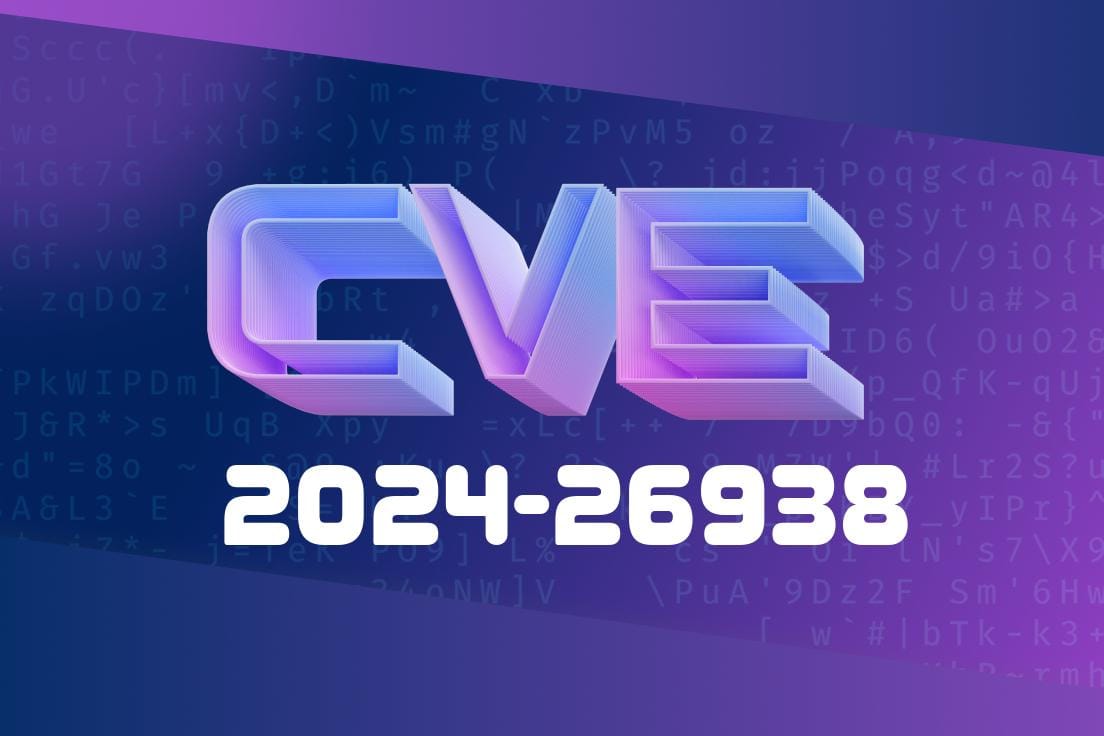A new vulnerability identified as CVE-2024-26938 was recently patched in the Linux kernel. This bug targets users running systems with Intel graphics and could cause a system crash (“oops”) in particular circumstances. In this article, we break down what happened, why it matters, and how the problem was fixed, using plain and simple language.
What’s the Bug in Simple Words?
Many Linux desktop and laptop computers use Intel graphics chips. These chips rely on drivers in the kernel to talk to the hardware. Part of that process involves reading a small piece of firmware data called the “Video BIOS Table” (or VBT).
The VBT helps the driver know what features or ports the graphics card has. The vulnerable function, intel_bios_encoder_supports_dp_dual_mode(), checks this VBT info to see if a specific video port supports a feature called “DP dual mode” (DisplayPort++), which lets you use HDMI cables with DisplayPort outputs.
The driver cannot find the data (“devdata”) for a device port,
the function used to crash the kernel by accident, instead of behaving gracefully. A crash here means the user could lose unsaved work or even have a hard time recovering their system.
Here’s a simplified look at the buggy code
static bool intel_bios_encoder_supports_dp_dual_mode(struct intel_encoder *encoder)
{
// This could be NULL if no devdata was found!
const struct child_device_config *devdata =
encoder->devdata;
// The following line will crash if devdata is NULL!
return devdata->dp_dual_mode;
}
Notice how the code assumes devdata is never NULL. But in real machines, that assumption might not hold; sometimes, the info simply isn’t there.
The Patch: How Was CVE-2024-26938 Fixed?
Developers fixed this by adding a sanity check: if devdata is missing (NULL), the function will just say “I don’t know” and bail out, returning false.
Here's the patch in simple form
static bool intel_bios_encoder_supports_dp_dual_mode(struct intel_encoder *encoder)
{
const struct child_device_config *devdata = encoder->devdata;
// NEW: Check for NULL first
if (!devdata)
return false;
return devdata->dp_dual_mode;
}
With this change, the function avoids a crash.
Any Linux system running a kernel version with this bug
- Intel graphics users, particularly those on hardware or laptops where the VBT may be missing/corrupt, or where hardware vendors don’t follow all the standards
Exploitation Details
CVE-2024-26938 is a denial-of-service (DoS) vulnerability. That means an attacker (or even a simple user action, like plugging in a monitor that triggers the faulty code path) could crash the system.
No "code execution" is possible—the worst case is a kernel oops (crash). Here’s what could happen:
- An attacker or a regular user with physical access could trigger the crash by plugging or unplugging monitors using DP++ ports without a valid VBT entry.
- Scripts or apps trying to enumerate graphics ports might accidentally cause the crash without realizing it.
Proof-of-Concept (PoC):
You don’t need fancy exploits. On affected kernels, just run an application or script that asks the kernel about DP++ support for a port missing in VBT, or simply use hardware that doesn’t provide this info.
Mitigations and Recommendations
Are you at risk?
- If you use Intel graphics and Linux, update your kernel to a version that includes commit 26410896206342c8a80d2b027923e9ee7d33b733
- Most major Linux distributions will backport this patch quickly, but you can check your kernel version and look for updates.
Workarounds:
There is no software workaround other than patching the kernel. If you cannot update right away, avoid plugging or unplugging monitors in unusual configurations and keep system access restricted.
References
- Kernel Patch Commit
- Linux Kernel Mailing List Discussion
- CVE Record at NIST NVD
In Summary
CVE-2024-26938 shows how even tiny oversights in the kernel can have outsized impacts, especially in graphics components. Though this bug doesn't allow for data theft or control, it’s a classic “footgun” for stability—and a good reminder that always checking for NULL is a smart move!
Timeline
Published on: 05/01/2024 06:15:09 UTC
Last modified on: 09/18/2025 14:15:37 UTC
